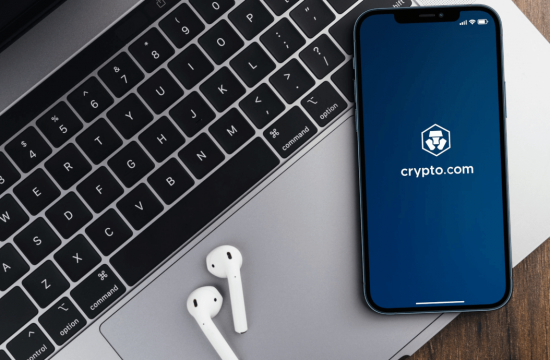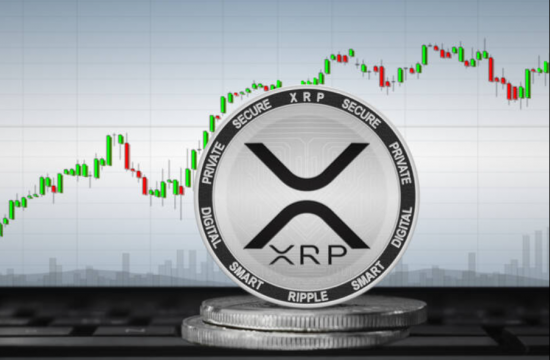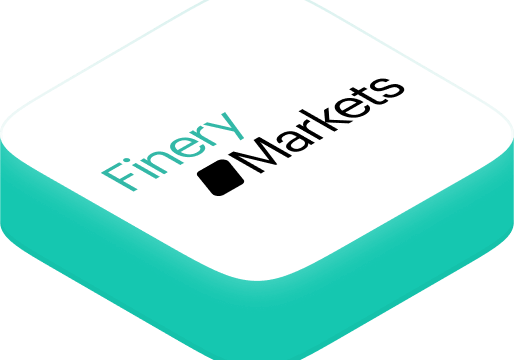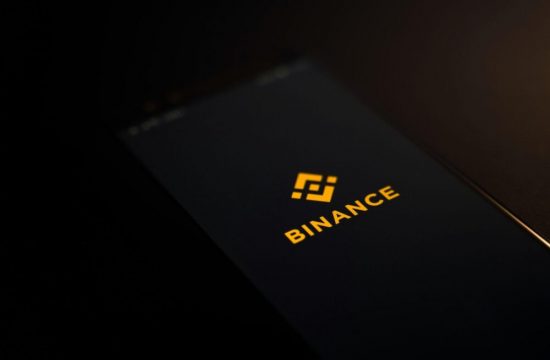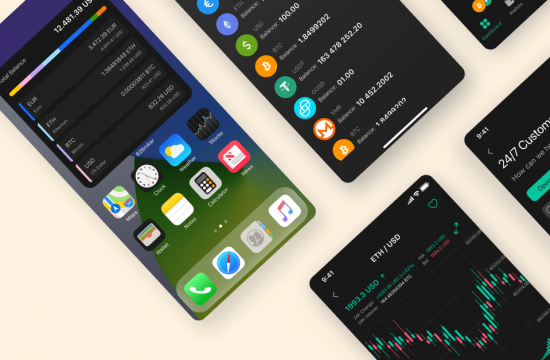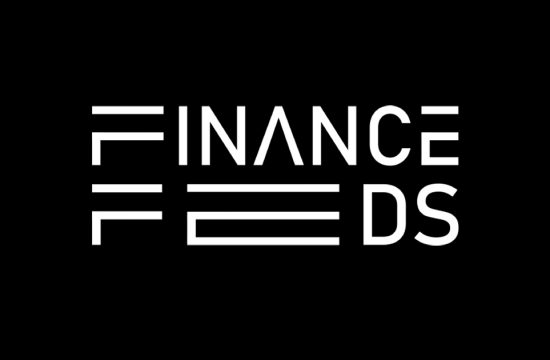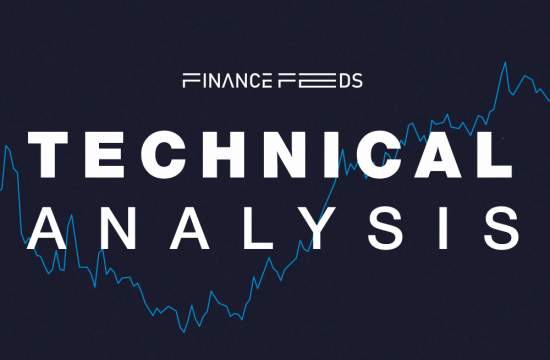Euroclear, together with The World Gold Council, and global law firm Clifford Chance, have been part of a collaborative initiative to tokenize gilts, Eurobonds, and gold.
The tokenization of gold has seen increased demand as the growth and use of gold as a traded asset show no signs of abatement, with the average daily trading volume in 2023 reaching $162 billion worldwide.
Sovereign Gilts and Eurobonds offer a deep pool of high-quality liquid assets. As of mid-2023, the total market of Gilts in the UK amounted to nearly GBP 2.4 trillion, with over EUR 12.97 trillion of outstanding Eurobond issuance.
A digital twin of gold, Eurobonds, and gilts
The broad group of pilot participants, which included investors, banks, CCPs, custodians, and a central securities depository, aimed at exploring how tokenized assets on a blockchain can enhance collateral mobility, improve liquidity, and increase transactional efficiency.
Providing the necessary infrastructure, applications, and connectivity for market participants to test complex business scenarios was Digital Asset, which recently helped develop Canton Network Pilot earlier this year.
The Canton Network Pilor established the foundation for composable applications across a global economic network. In this new pilot, a series of independent Canton blockchains used the Global Synchronizer to interoperate and execute atomic transactions. Participants remained in complete control of their permissions, exposures, and interactions.
The program, which took place over June and July, involved 27 market participants and used 14 Canton nodes. Five types of cross-application transactions were connected using 11 distributed applications, including six registry apps and five margin apps, with 500 transactions completed. The collaboration demonstrated the ability to create a digital twin of these previously immobile real-world assets (RWAs) and use those tokenized assets as collateral in atomic, real-time transactions.
“Tokenized assets can be used with immediate effect to meet intraday margin calls outside of normal settlement cycles”
Olivier Grimonpont, Head of Product Management, Market Liquidity, Euroclear said, “We recognize the immense value in industry experimentation to showcase the advantages of DLT for the market. As we strive to deliver even better and faster collateral mobilization for our clients, digital technologies like DLT will be key enablers for us to achieve this.”
Kelly Mathieson, Chief Business Development Officer at Digital Asset, said: “This signals another step forward in the development and adoption of tokenized assets in collateral management, creating a more mobile operating model across different parties. Our work with the pilot participants has demonstrated that tokenized assets can be used with immediate effect to meet intraday margin calls outside of normal settlement cycles, processing times, and time zones. It also demonstrated how the ledger can serve as the legal record and has validated the secured party’s control over the digital twin and real-world assets received as margin or collateral in the event of a counterparty default.”
Mike Oswin, Global Head of Market Structure and Innovation at the World Gold Council, commented: “By digitising gold, we can overcome the perceived restrictions on moving and storing the physical metal, enabling this high-quality asset to be mobilized and used seamlessly within financial markets. To achieve this, the tokenization process must be able to specify a Standard Gold Unit (SGU) that represents and transfers the monetary value of an agreed amount of pure gold. An attributes record can be created as a secondary token that will maintain details of the gold bars collateralized in the ecosystem. This would enable all physical gold of trusted integrity to be utilised as financial collateral, irrespective of its physical attributes and location.”
“As an operational and record-keeping tool rather than an asset”
Paul Landless, Co-Head of Fintech and a Tech Group Leader at Clifford Chance, said: “With certain approaches and platforms, a digital twin is not a separate asset and so the impact for master agreements, trading relationships, close-out processes, and valuation approaches are minimised, but it is always important to ensure the digital twin is catered for and reflected into existing product and platform documentation.
“As an operational and record-keeping tool rather than an asset, some of the legal and regulatory issues can be reduced while avoiding extensive surgery or a wholesale reset of established product and asset documentation.”



